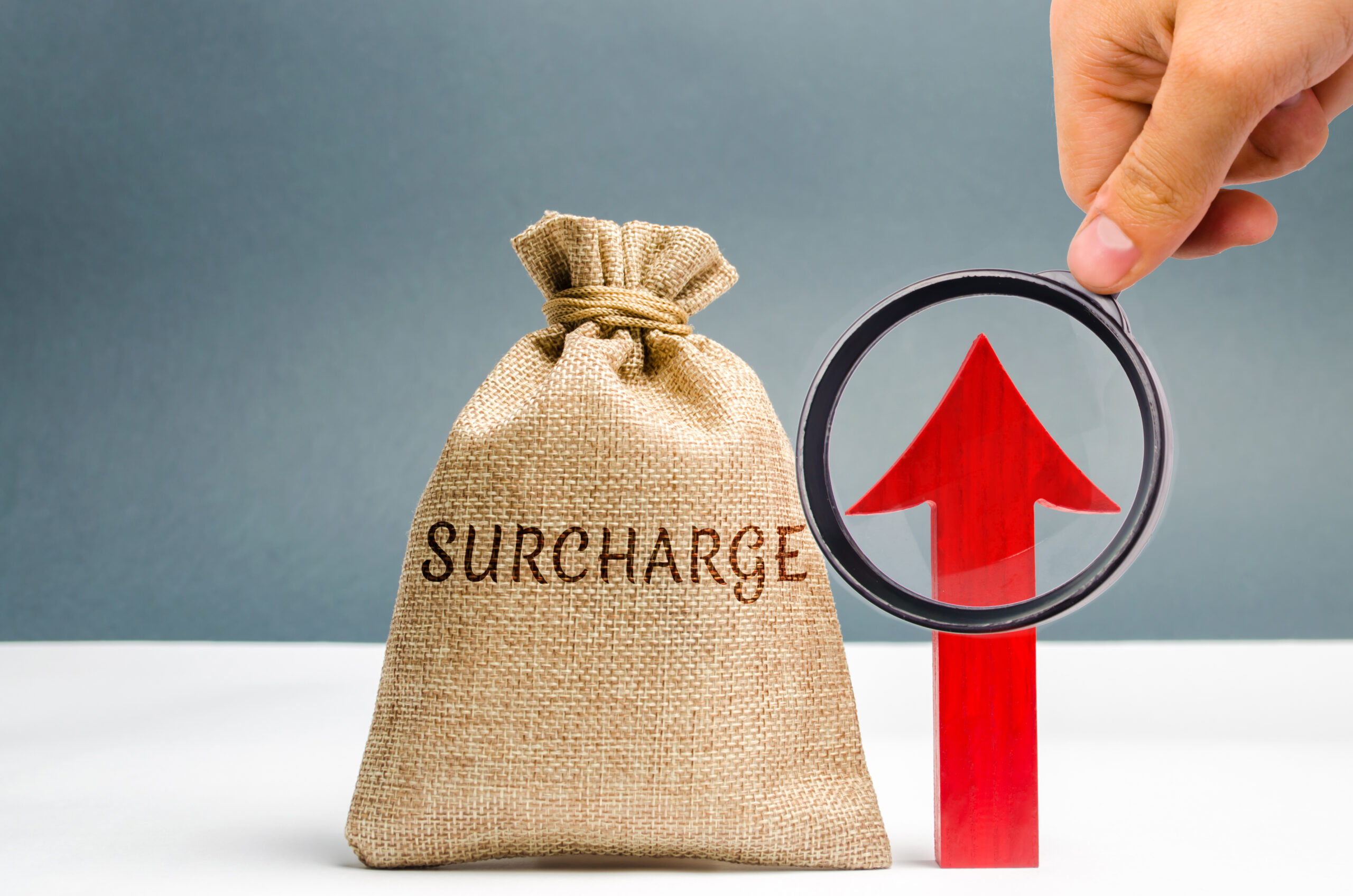Category: Payment Processing
-
Shopify Payments Is Too Expensive! How To Pay Less
Current Shopify users and new small business owners, we hear your shrieks. Payment processing is an essential part of any online business, but Shopify Payment’s plans often leave us wide-eyed with shock and disgust. How can it possibly cost that much? Does everyone pay this price? How will these fees affect my profits? We hear…
Written by

-
Stripe Users: Stripe EEA Is Causing You Chargebacks!
Chargebacks can quickly cause major losses for online businesses and merchants who use Stripe. If you’re one of the thousands of merchants who use Stripe to process international payments, we have news for you: Stripe EEA is appearing on customer bank statements and increasing your chargeback ratio. If you want to continue using Stripe, that’s…
Written by

-
Credit Card Surcharges: Are They Legal?
Today’s credit card holders are treated like royalty. While some card issuers have their hands in the till by charging high interest rates, some merchants also take advantage of customers by adding exorbitant fees to their purchases. For example, retailers might charge a convenience fee or a premium pricing fee to cover the costs of…
Written by

-
Stripe Fees Increase, Avoid Paying More This Black Friday
Black Friday is right around the corner and Stripe, the world’s largest payment service provider, has increased transaction fees for MKE (manual keyed entry) payments. MKE is used by every category of merchants, sometimes as a backup solution and others as the primary method of payment. By increasing the fee for this type of transaction,…
Written by

-
Payment Gateway vs. Payment Processor vs. Payment Aggregator — Breakdown
How you accept online payments is vital to the success of your online business. There are two ways to process transactions: payment aggregators and payment processors. Each connect with a payment gateway to accept payments. You can open multiple accounts, like having one aggregator and one merchant account (which connects you with a payment processor).…
Written by
